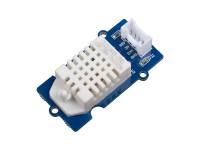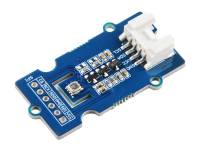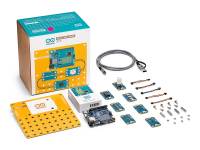Gas sensors - small everyday heroes with a big effect
Gas sensors are used to detect gaseous substances in the ambient air. These particularly fine sensors serve a unique purpose, because gas sensors ensure our safety in everyday life: the measured values detected by the sensor are passed on to the microcontroller in the form of an electronic signal. Depending on the signal, the controller then activates warning devices that inform us when the ambient air is contaminated with a gas in harmful concentrations.
How gas sensors work
Most gas sensors within microelectronics, for example the sensors of the MQ series, are based on a chemical measuring principle. Gas sensors therefore belong to the group of chemosensors.
The underlying functionality of the sensors is quickly explained: The sensor component is coated during production with a substance that reacts on contact with special gases. This changes the conductivity of the measuring surface. The degree of change is output in the form of an electronic signal.
Practical tip: CO2 traffic light with the MH-ZB19B sensor
In the context of the current pandemic situation, the monitoring of general air quality in closed rooms has become significantly more important. Here, too, gas sensors play an overriding role.
Many high (schools) have used the past year to produce so-called CO2 traffic lights with the students. The CO2 traffic lights usually consist of a gas sensor such as the MH-Z19B, a microcontroller and a traffic light. A previously defined threshold value serves as the basis for determining the air quality. If the CO2 level in the room air is particularly high, this is indicated by the red traffic light LED lighting up. If the amount of CO2 gas is low, the LED lights up green.
If you would like to build your own CO2 traffic light, you can find illustrated instructions on our learning platform www.funduino.de.




